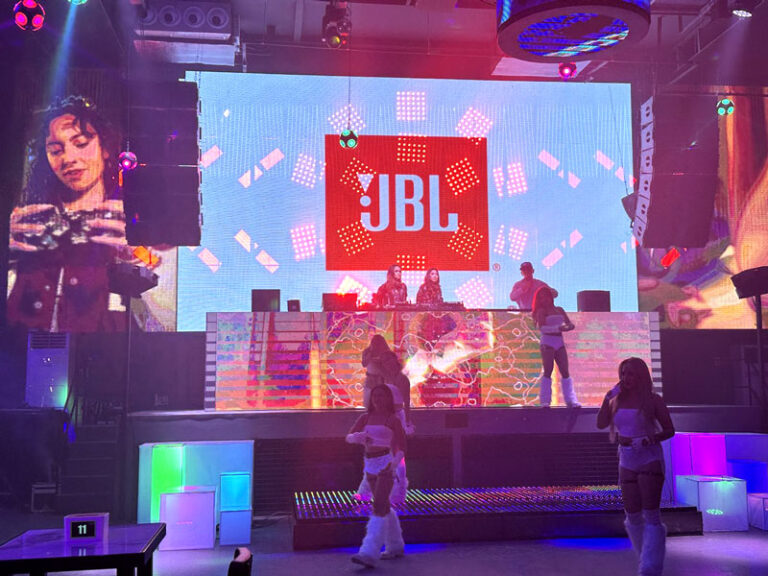Google’s self-driving cars are about to get their toughest test to date: a rainy spring in the hilly Pacific Northwest. On 3 February, Google’s holding companyAlphabet announced that its self-driving cars would take to public roads in Kirkland, Washington, a small city close to Seattle.
It is the third city to welcome Google’s autonomous vehicles, after Google’s home-town of Mountain View in California, and Austin, Texas. Google selected Kirkland because of its reliable rainfall, gentle hills and convenient Googlecampus as a base of operations.
Rain is an issue for self-driving cars as it can reduce the range and accuracy of laser-based lidar sensors, obscure the vision of on-board cameras, and create confusing reflections and glare.
Hills are also problematic as sensors on self-driving cars are often fixed in position, meaning that they point uselessly into the sky when cresting a steep hill, or into the ground when descending.
“We’re ready to give our cars more experience driving new environments, traffic patterns, and road conditions.” said Google. The company is testing only one car at first, a modified hybrid Lexus SUV, but says that several of its smaller prototype self-driving cars may follow in the months ahead.
Washington state is also attractive to Google because, unlike California, it has no special regulations for self-driving cars. That means Google can test its experimental vehicles on public roads without having to apply for a permit orcollect data when the technology fails to perform.
Jay Inslee, governor of Washington, supports the testing, saying in a statement issued by Google: “We’re looking forward to seeing the cars on the road and understanding more about how self-driving cars might someday improve safety and provide traffic relief.”
A new bill working its way through Washington’s legislature even proposes a dedicated testing ground for self-driving vehicles, within which autonomous vehicles would be exempt from all the usual rules of the road – including requirements for human drivers. This test centre would be located on the grounds of Joint Base Lewis-McChord, a large US military facility of more than 85,000 acres located 50 miles south of Google’s Kirkland office.
Google is planning further tests in new cities, according to documents seen by the Guardian. A filing at the Federal Communications Commission (FCC) in late January shows that Google was granted permission to use its experimental vehicle radars in four new locations within America. One of the remaining three is likely to be Ann Arbor in Michigan, where Google recently advertised for a product manager for self-driving cars.
Google has said that it would seek partners to bring its vehicles to the market. Despite a rumoured partnership with Ford, Google last year set up a dedicated car company, Google Auto, to manufacture its prototypes.
The first one or two hundred prototypes are being built by a small contract manufacturer in Michigan, though this may also be set to change. Google is now advertising for experts in global supply chains and mass manufacturing within its self-driving car team. One vacancy says, “Our mechanical global supply chain management team is responsible for the supplier selection, manufacturing development execution, negotiations and production of differentiated and unique mechanical enclosure parts.”
Another refers to “designing factory assembly stations” and “automating critical manufacturing processes”, suggesting that Google is planning to ramp up production for its next batch of prototype cars.
Sebastian Thrun, the computer scientist and engineer who launched Google’s self-driving car project in 2008, said: “The ambition for Google is always to go all the way [from research] to product.”(Mark Harris)
Link: http://www.theguardian.com/technology/2016/feb/03/google-self-driving-car-trial-washington-state-rain



